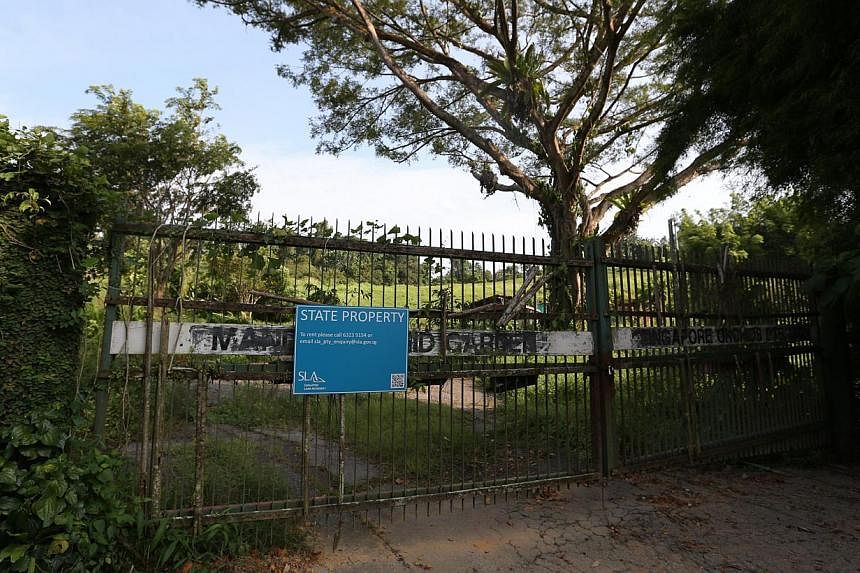A visit to the Singapore Zoo could one day mean more encounters with animals right in one's path, without any visible barriers.
Wildlife Reserves Singapore (WRS) chairman Claire Chiang said last night that the company's reputation is based on an open-concept zoo.
"Having animals walk alongside you has become a reason why tourists come to the Night Safari. In our expansion, we will follow this open-concept philosophy," she said in Mandarin. Having a personal, first-hand experience with animals will help with our conservation message, she added.
Prime Minister Lee Hsien Loong said on Thursday that the zoo would be made bigger and better by as early as 2020.
Zoo experts also suggest that WRS could create an "un-zoo" experience at the attraction, in which seemingly random wildlife encounters would be engineered behind the scenes.
Since former WRS chief executive Bernard Harrison said in April that he had suggested the "world- first" idea to the authorities, others have added their support.
Mr Michael Graetz, an independent zoo designer who worked on the Taipei City Zoo and is designing a new zoo in Dubai, said: "When children visit the zoo, they are taken, not necessarily by the big, impressive animals, but by the ducks in the water or the peacocks on the road right in front of them.
"It is about a sense of discovery, the feeling that you were lucky to see this. These are the stories people would tell."
Mr Vinodh Ayathan, founder of zoo design firm Wild Concepts International, said that for more dangerous wildlife such as lions, visitors could view them safely from tree-top platforms, yet feel as if they are in a national park like Malaysia's Taman Negara.
For Mr Henry Steed, a landscape architect at design consultancy ICN Design International, expanding the zoo will mean that its enclosures can mimic the animals' wild habitats more closely, making for a more authentic wildlife encounter for visitors.
"The real client when you design a zoo is the animal," said Mr Steed, who has designed nature trails in Britain and Hong Kong, and exhibits at the Singapore Zoo.
He added: "You are not just looking at a baboon, but a whole tribe of baboons. You want to observe their social structure in their natural condition.
"The more space you have got, the more you can achieve the real safari feel of seeing animals in their natural state."
But experts noted some of the pitfalls of a larger zoo. Planners have to resist being tempted to "cram too much in and make it into a theme park", said Mr Steed.
A larger zoo also means longer, more tiring walks in tropical heat, so more shady areas, shelters and transport modes are needed to keep visits enjoyable.
Speaking to reporters at an event last night, Second Minister for Trade and Industry S. Iswaran said ideas for Mandai have to be unique to Singapore. "We have to look at what we can learn from others and then adapt it to our unique circumstances," he said.
Additional reporting by Adrian Lim and Melody Zaccheus

